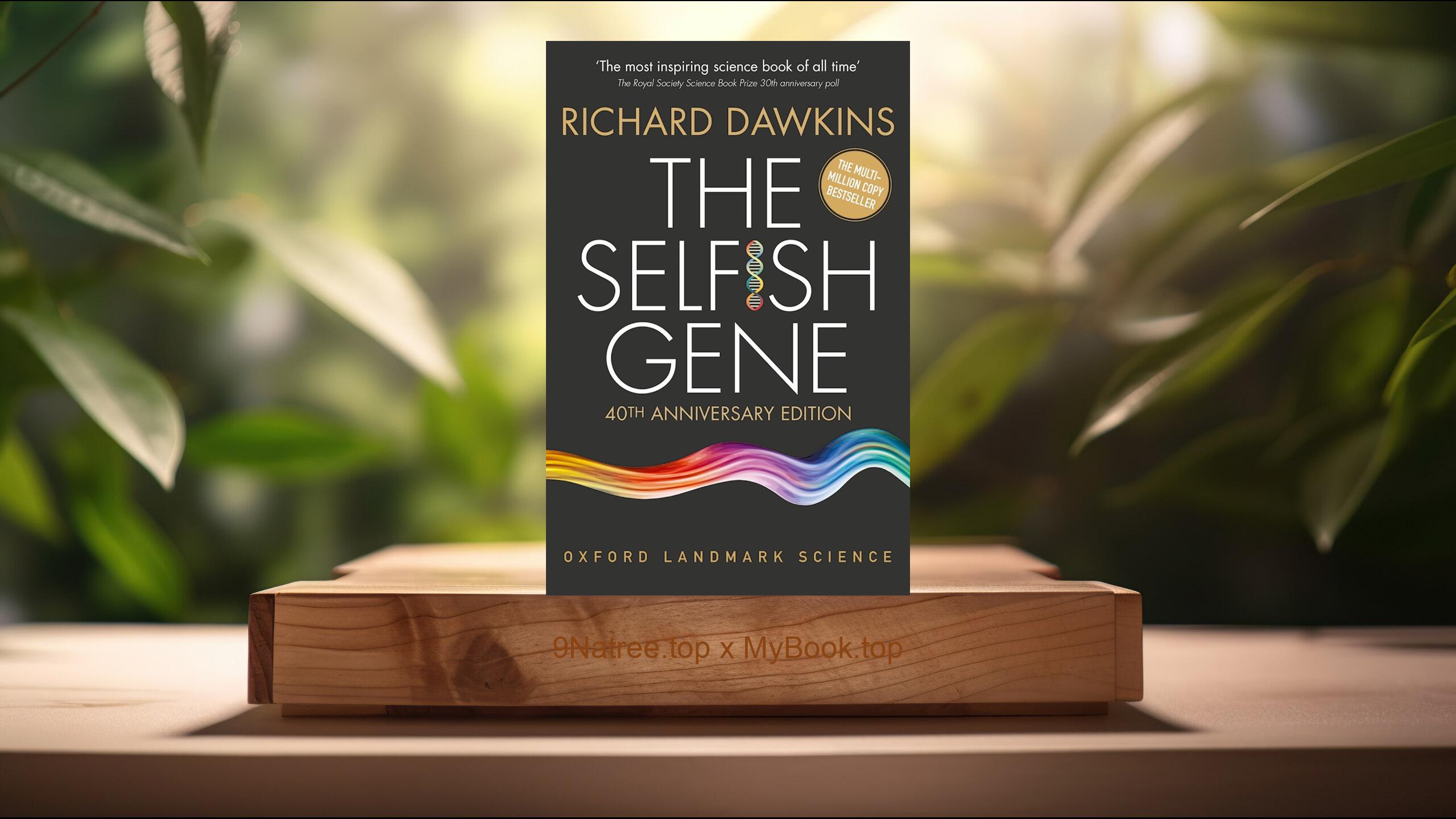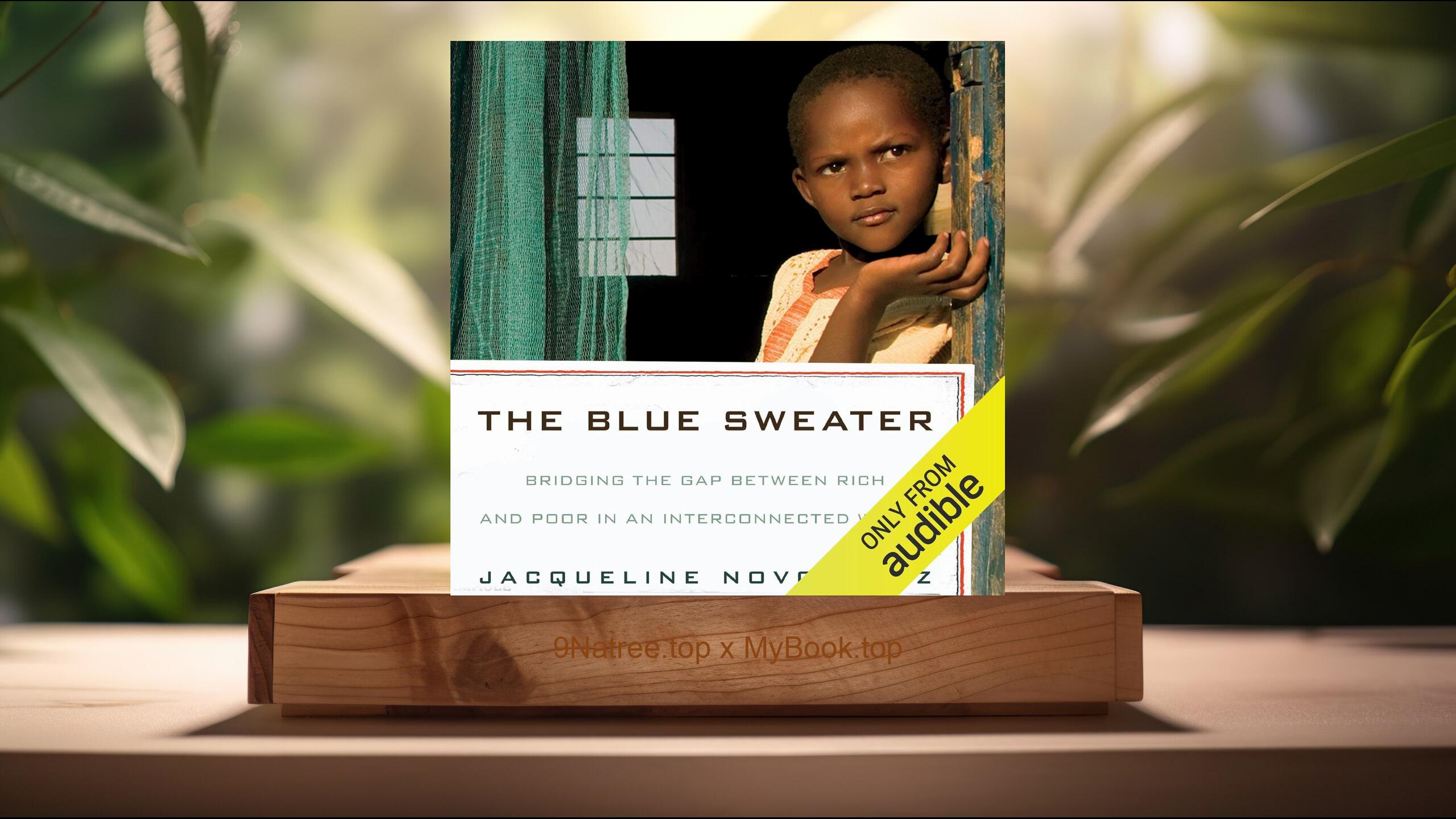Show Notes
Buy on Amazon: https://www.amazon.com/dp/B07YLYHBVF?tag=9natree-20
Read more: https://mybook.top/read/B07YLYHBVF/
#Neanderthal #Archaeology #HumanEvolution #PrehistoricArt #Anthropology #CognitiveCapabilities #HumanAncestors #Kindred
These are takeaways from this book.
Firstly, The Daily Life of Neanderthals, Rebecca Wragg Sykes peels away the layers of mystery to unveil the nuanced day-to-day existence of Neanderthals in 'Kindred'. The author takes us through their habitations, diets, and the tools they crafted, presenting Neanderthals as adept survivors, intimately connected with their environment. Their survival relied on meticulous planning, knowledge of flora and fauna, and adapting to climatic changes. Sykes's detailed portrayal emphasizes skillful hunting techniques, diverse dietary practices including cooking, and the utilization of sophisticated tools, painting a picture of a complex society far removed from the primitive caricatures often depicted.
Secondly, Neanderthal Social and Emotional Life, One of the most compelling revelations in 'Kindred' is the depth of Neanderthal emotional and social intelligence. Sykes presents evidence of burial rites, care for the injured and elderly, and potentially symbolic behaviors, suggesting a rich emotional life. These aspects challenge the notion of Neanderthals as mere survivors, propelling them into the realm of beings capable of love, grief, and perhaps spirituality. The book delves into their possible family structures, community cooperation, and the significance of these findings in understanding their societal dynamics, offering a profound insight into their social fabric.
Thirdly, Neanderthals and Art, Perhaps one of the most intriguing chapters in 'Kindred' explores the evidence of Neanderthal art and its implications for assessing their cognitive capabilities. Sykes examines various findings, such as cave paintings, personal adornments, and potential ritual objects, suggesting an aesthetic sensibility and symbolic thinking. This section challenges previous assumptions about the cognitive divide between Neanderthals and modern humans, proposing that they might have shared a capacity for creativity and abstract thought. The discussion extends into the significance of art in Neanderthal society and what it reveals about their worldview.
Fourthly, The Demise of Neanderthals, A captivating part of 'Kindred' addresses the disappearance of Neanderthals, analyzing various theories and the latest research. Rebecca Wragg Sykes explores factors such as climate change, competition with Homo sapiens, and possible pandemics. The narrative considers the complexity of these interactions, including evidence of interbreeding and cultural exchanges. This analysis moves beyond simplistic narratives of conquest and extinction, offering a nuanced understanding of their decline that involves a blend of environmental, biological, and social factors, eventually leading to their assimilation and disappearance.
Lastly, Reevaluating Human Evolution, The book culminates in a broader reflection on human evolution and our relationship with Neanderthals. Sykes uses the insights gained from studying Neanderthals to question and expand our understanding of what it means to be human. 'Kindred' argues that the story of Neanderthals is not just a chapter of our past but a mirror reflecting our species' resilience, adaptability, and shared heritage. This discussion encourages readers to reconsider preconceived notions about human progress and the singular trajectory of evolution, highlighting the interconnectedness of our species.
In conclusion, Rebecca Wragg Sykes's 'Kindred: Neanderthal Life, Love, Death and Art' is more than just a book about our ancient relatives; it's a revelation that forces us to rethink our place in the natural world. It's an essential read for anyone interested in archaeology, anthropology, or the history of human evolution. By presenting Neanderthals in a new light, Sykes not only enriches our understanding of them but also offers insights into the broader human experience. This book demonstrates the value of looking to the past to understand more about ourselves and our future. The comprehensive depiction of Neanderthal life acts as a bridge between two worlds, reminding us that, despite the passage of time, we’re not so different after all.
![[Review] Kindred: Neanderthal Life, Love, Death and Art (Rebecca Wragg Sykes) Summarized](https://episodes.castos.com/660078c6833215-59505987/images/1709958/c1a-085k3-1xgngq44swqk-wfggij.jpg)




